
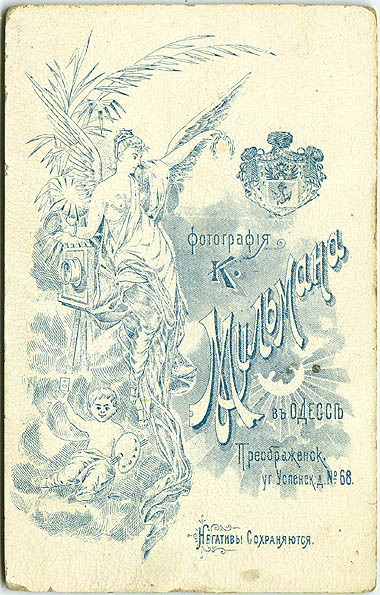 Mullmann studio, Preobrazhenskaya 68: the very same hotel where I’m writing this.
Mullmann studio, Preobrazhenskaya 68: the very same hotel where I’m writing this.This means that the mobile phone shop on the ground floor was a photo studio before that.
|
|
Czortków, Buczacz, Tarnopol, southeastern Galician towns along the border of the Empire, from there he came to Odessa, he collected them for a long time before finally selling them all. A Polish soldier proudly changing the Austrian uniform for that of the newborn country, a “by the time the leaves fall” propaganda postcard, a German general staff eating lard in a Galician courtyard. I would also buy two Austro-Hungarian officers, Czortków, Photo-Atelier Kaufmann, hugging the shoulders of each other and gazing at the camera with a soft look, but it is not for sale. “This is here my grandfather.”

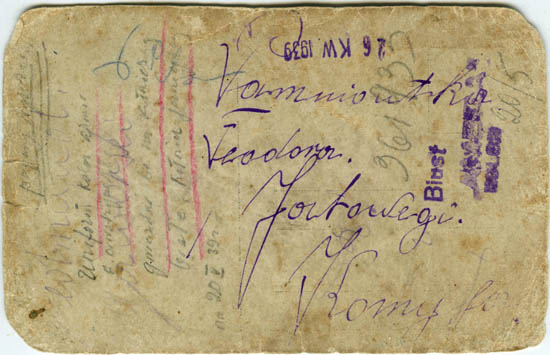 I can decipher only a few words from the Polish text written in a folksy orthography, can you help me?
I can decipher only a few words from the Polish text written in a folksy orthography, can you help me?“One ruble”, she says for the tiny, colorful Soviet fable booklet. “Ruble?” I ask amazed. “Not hryvnia?” “We can say it like that, too”, she smiles, “but we’re in Russia, right?” “Ah, I see, forgive me. I am a foreigner.”
“How much does this rail pass cost?” “It’s not mine, it belongs to my neighbor, he has just left for a moment. Wait, I call him.” “Lyozh, how much does this Rasputin-headed one cost?”
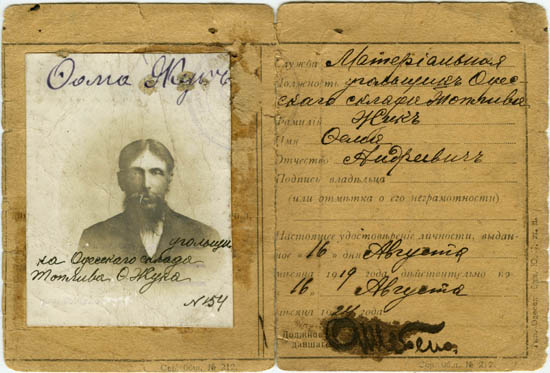
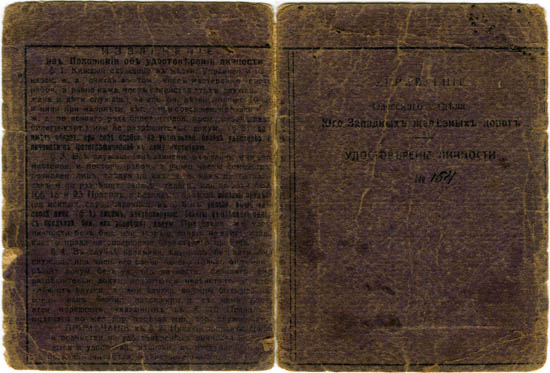 The pass of Thoma Zhuk (written with the letter Th, banned by the revolution) for the Odessa rail, valid from 16 August 1919 to 16 August 1924. Could he use it to the end of that period?
The pass of Thoma Zhuk (written with the letter Th, banned by the revolution) for the Odessa rail, valid from 16 August 1919 to 16 August 1924. Could he use it to the end of that period?The catacombs encompass Odessa’s underworld in a length of three thousand kilometers, once they had more than a thousand entrance from the city, until the Soviet system filled them all with concrete as a precautionary measure. They only left one in the village of Nerubaiskoye, at a safe distance of twenty kilometers from the city. Here you can visit five hundred meters, this is where they condense the realistic installation reconstructing the partisan movement, beds carved of stone, school desks built of stone, a stone toilets table in the women’s apartment, with a life-size mirror, a touchingly neat idea of the in all circumstances Soviet people. An integral part of the message given into the mouth of the ancestors is the monologue of the local guide, who does not show the installation like “this is how it was”, but like “this was here”. “And what do the villagers think about all that now?” he is put off the rail by the question. “Well”, he replies without being surprised, “many say that it would have been better if the fascists remained here. Because, you see, they built churches and they gave you the day off on Sunday, and you were finally allowed to start your enterprise. And others say that it would be better if it were still communism. Because there is a woman in the village, whose father fell in Hungary in the war, so she was allowed to go there twice a year to take care of the tomb, and she always came back with good clothes and other things, which she sold, everyone admired them, but nevertheless they told, it is better here, because in any case, learning is free here, and medical care is also free. That’s why they have finally beaten the fascists out, too.”

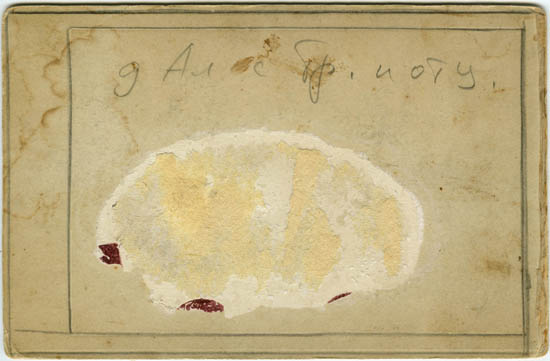
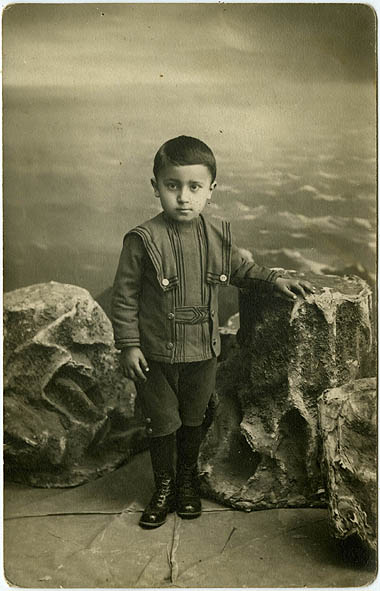
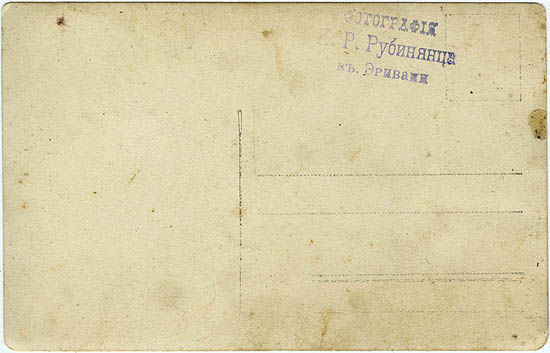
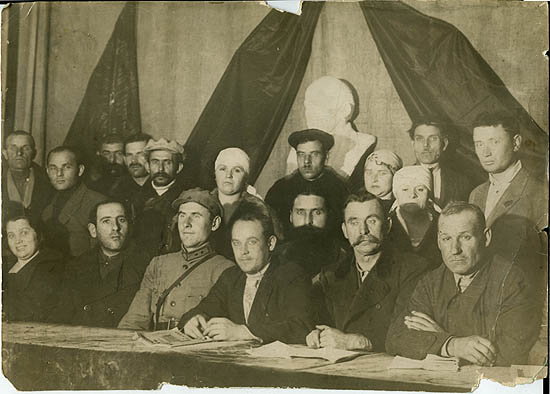

























































4 comentarios:
Amazing photos, and I envy you your travels as always! As usual, a minor correction: "until the Soviet system did not concrete them all as a precautionary measure" should be "until the Soviet system concreted them all as a precautionary measure" (although "concreted them" should probably be "filled them with concrete" for clarity, if that's what it means here).
Thank you, Language, as always, I have corrected it!
Beautiful photos, Studiolum! Is "uncle Ali" Caucasian for sure - these may well be Crimean Tartars.
Certainly. I cannot know whether they are Caucasian. I was just caught by their deep, penetrating and wise looks, which I have hitherto typically classified as Caucasian :)
Publicar un comentario